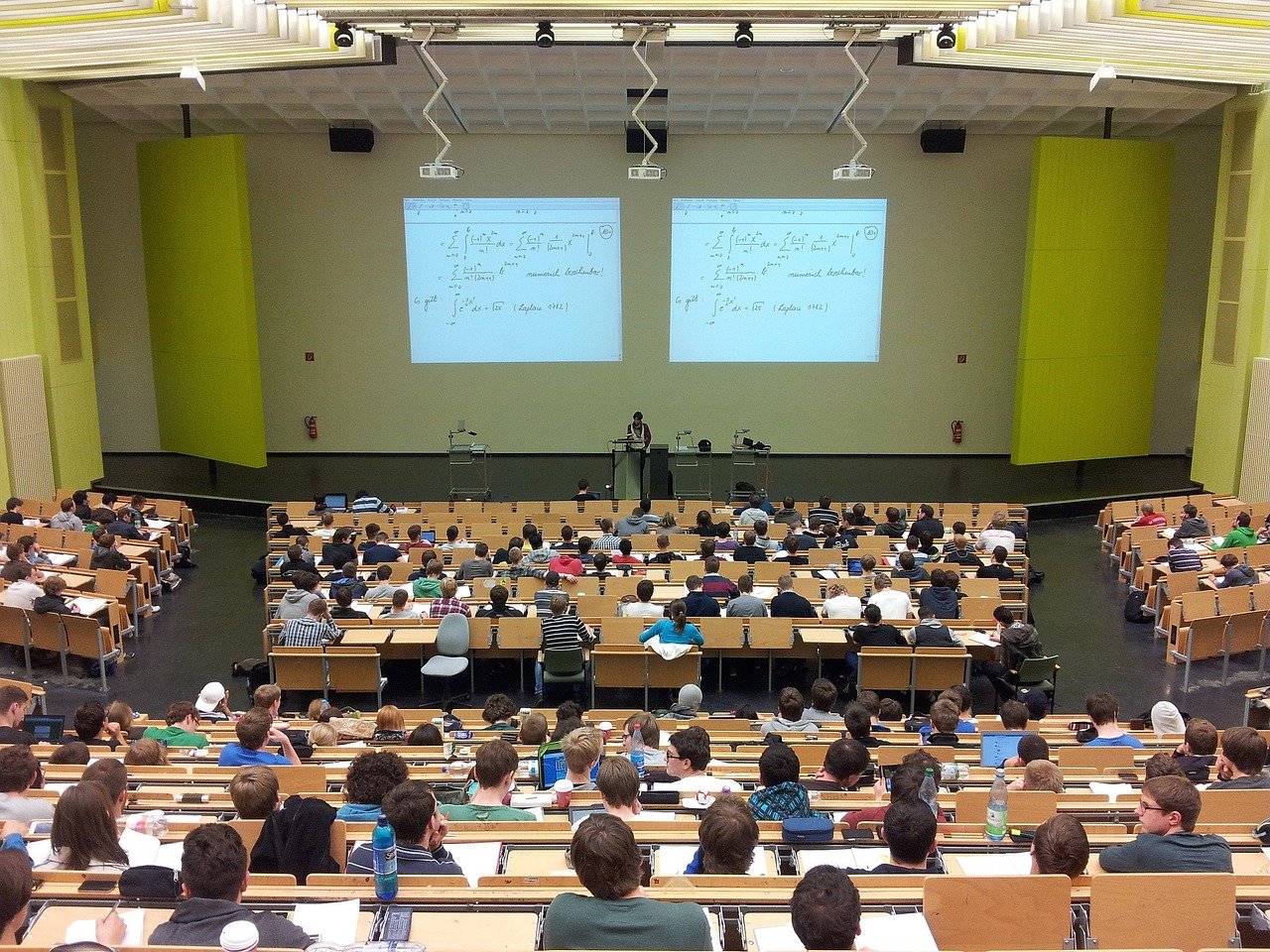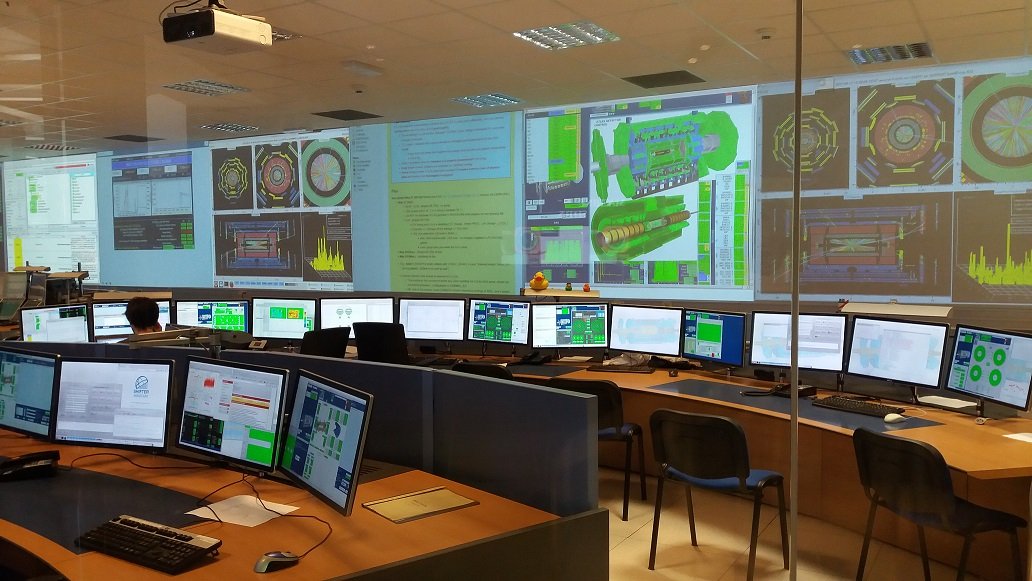A beer garden is an outdoor area, typically located in or adjacent to a pub, bar, or restaurant, where customers can enjoy beer and other beverages in an open-air setting. Beer gardens have a long history, originating in Germany in the 19th century. They are popular gathering places, especially during the warmer months, and have gained significant popularity worldwide in recent years.
There are several reasons why beer gardens have been thriving:
- Socializing and Community
Beer gardens provide a relaxed and casual atmosphere that encourages social interaction. They offer a space where friends, colleagues, and even strangers can come together, enjoy a drink, and engage in conversation. This communal aspect fosters a sense of community and connection, which is particularly appealing in our increasingly digital and isolated world. - Outdoor Experience
Many people enjoy spending time outdoors, especially when the weather is pleasant. Beer gardens provide an opportunity to enjoy the fresh air, sunshine, and natural surroundings while still having access to the comforts of a bar or restaurant. This outdoor experience adds a unique charm to the drinking and dining experience and attracts patrons who prefer al fresco settings. - Variety and Choice
Beer gardens often offer a wide selection of beers, both local and international, to cater to different tastes and preferences. This variety appeals to beer enthusiasts who enjoy exploring different styles, flavors, and breweries. Additionally, beer gardens may also offer other beverages like ciders, wines, or non-alcoholic options, ensuring there is something for everyone. - Food and Entertainment
Many beer gardens also feature a food menu, ranging from traditional pub fare to gourmet offerings. The availability of delicious food enhances the overall experience and makes beer gardens attractive to those seeking a complete dining experience. Some beer gardens also host live music performances, trivia nights, or other forms of entertainment, further enhancing the appeal and drawing in patrons. - Escape from Urban Environment
Beer gardens often serve as an oasis in urban areas. They provide a temporary escape from the hustle and bustle of city life, offering a more relaxed and laid-back environment. This respite from the urban environment is particularly appealing to individuals seeking a break from their daily routines and a chance to unwind. - Trend towards Craft Beer
In recent years, there has been a growing interest in craft beer, which is characterized by its unique and artisanal production methods, diverse flavors, and local brewery culture. Beer gardens frequently embrace this trend, featuring a curated selection of craft beers that cater to beer enthusiasts who appreciate the craftsmanship and quality associated with these beverages.
Overall, beer gardens thrive due to their ability to create a social, outdoor, and enjoyable atmosphere, offering a range of beer choices, food options, and entertainment. Their ability to tap into the desire for community, relaxation, and unique experiences has contributed to their enduring popularity.







